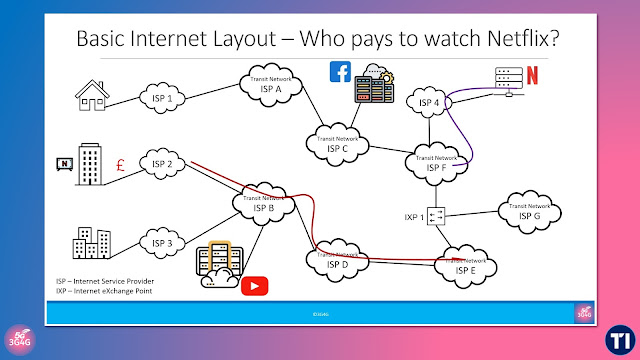Belgium is emerging as a true pioneer in aviation, public safety and telecom convergence, thanks to the nationwide Drones-in-a-Box network delivered through the partnership between Nokia and Citymesh. What began as small-scale trials in ports and industrial zones has now grown into one of the most ambitious drone grid deployments in the world. It blends 5G connectivity, automated drone operations and remote command capabilities to support emergency response and critical infrastructure monitoring.
Citymesh, now well established as Belgium’s newest mobile operator and a European leader in private networks, has been championing the idea of safety drones for several years. The company has already proved the concept in locations such as Brussels Airport, the Port of Antwerp Bruges, Kortrijk and Genk. These pilots demonstrated how much time is lost in the first moments of an incident when responders are unsure of what they will face. A drone that can be airborne in seconds and provide live video, thermal analysis and AI-assisted insights significantly improves situational awareness.
Nokia’s Drone Networks platform is central to the national rollout. The agreement covers 70 Drone in a Box units which are positioned across 35 emergency zones. When integrated with Nokia’s 4G and 5G connectivity, the drones can be remotely launched from one of Citymesh’s Remote Operations Centres. These centres operate around the clock and ensure that flights remain compliant with aviation rules while delivering reliable coverage during both planned and unplanned missions.
The platform is engineered for demanding environments. Each drone carries high definition and thermal cameras capable of identifying smoke, fire boundaries and people. Twin 4G and 5G modems maintain real time links, and the Nokia MX Industrial Edge keeps sensitive data processed and stored locally. A presentation by Citymesh at Portcomms 2025 highlights additional elements such as certified parachutes, environmental control in each docking station and a robust API framework that allows further integration with port systems, security platforms or smart city tools.
Operationally, the SENSE network is already proving its value. In the first years of service the drones have supported more than a thousand beyond visual line of sight flights and hundreds of flight hours. The system has been validated across busy urban environments, coastal zones and industrial complexes. With three Remote Operations Centres and certified pilots, Citymesh has created a repeatable operational model that blends telecom expertise with aviation-grade processes.
The impact goes beyond emergency response. Ports and industrial plants are using drones for inspections, environmental monitoring, perimeter detection and asset management. The presentation shared at PortComms 2025 outlines how ports benefit from fast inspection of quays, cranes, buoys and fumigation zones, as well as pollution detection and situational awareness for safety teams. Similar gains are emerging across utilities, transport operators, municipalities and even defence, where civil and security use cases can share the same network.
The legislative environment in Belgium currently restricts nationwide beyond visual line of sight operations to emergency services, but future expansion into commercial use cases is expected. As demand grows for automated inspections, border surveillance and environmental assessment, the Drone-in-a-Box network provides a ready-made foundation for new services.
For Nokia, the project reinforces its role in mission critical communication systems and industrial digitalisation. For Citymesh, it marks the evolution from smart city experimentation to a smart country approach where aerial intelligence becomes a first line tool for public services.
Belgium’s nationwide drone network is an example of how telecom infrastructure continues to evolve. Private 5G, edge computing and automated platforms are increasingly central to public safety and industrial operations. The Nokia and Citymesh partnership shows what is possible when connectivity, aviation technology and real operational requirements come together with a clear purpose.











